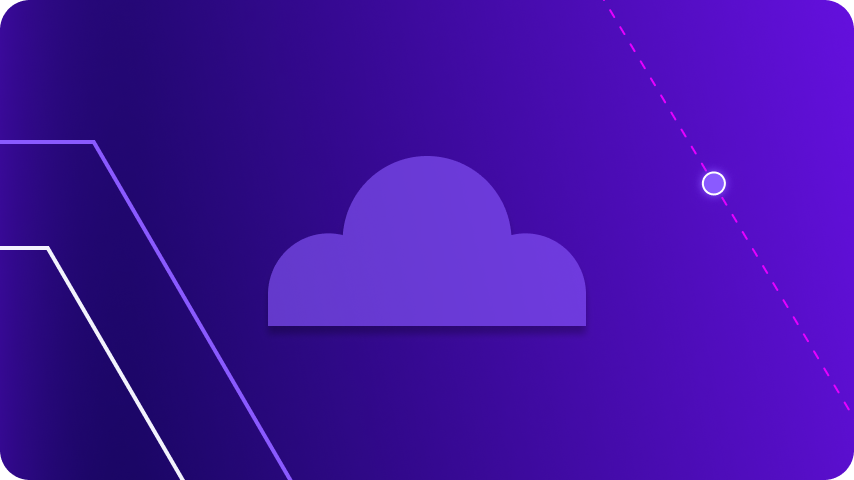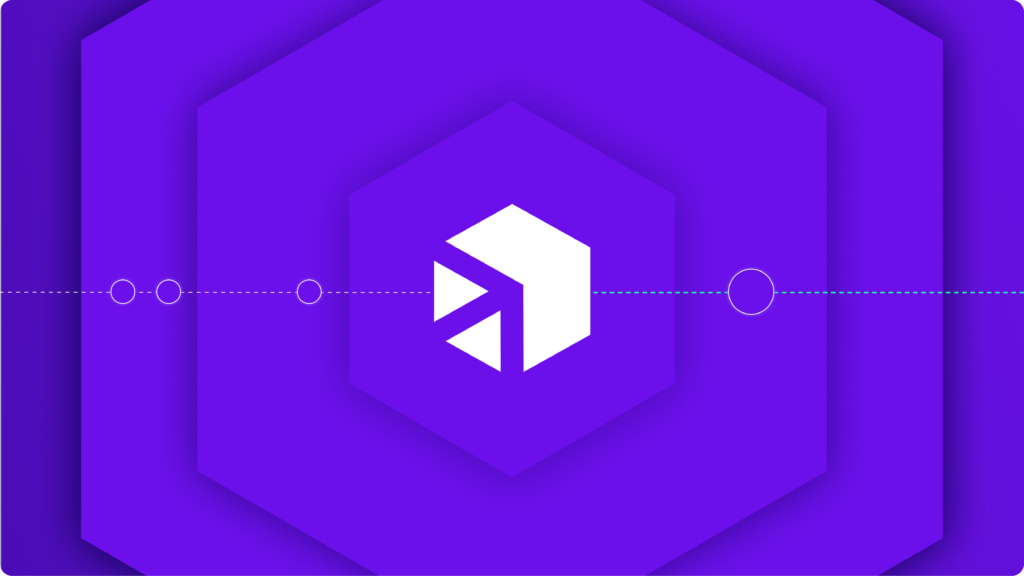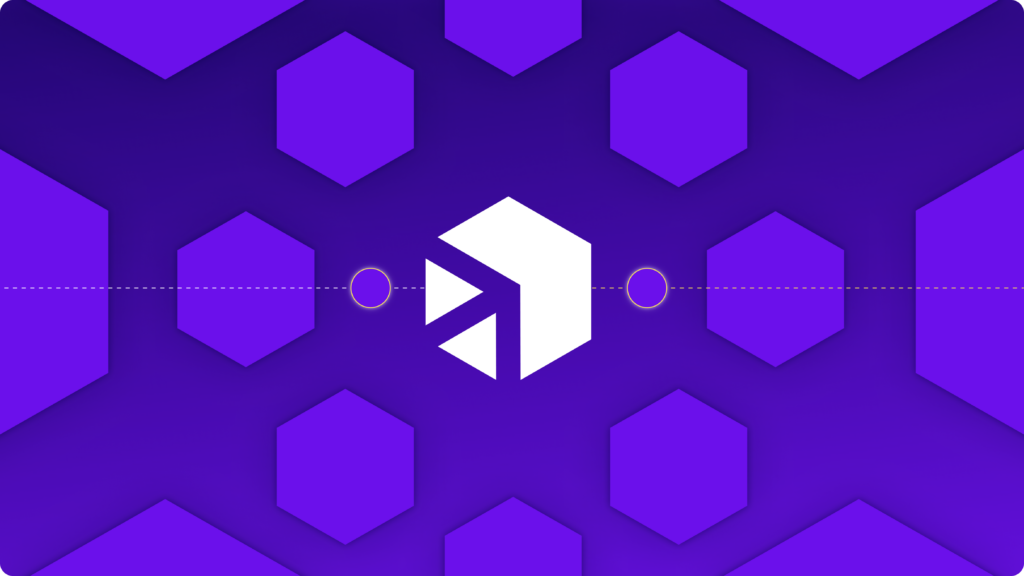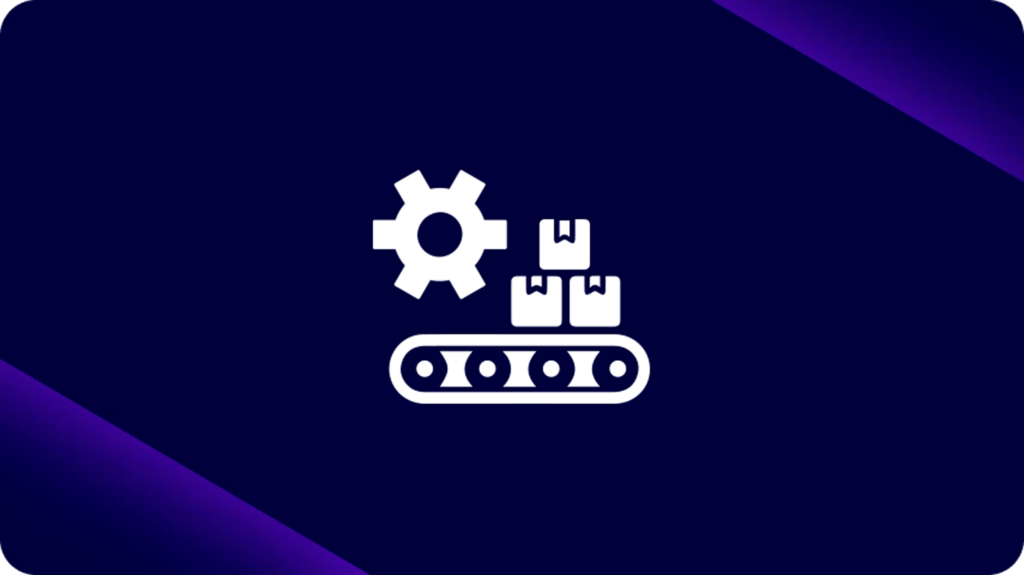julho 25, 2022
A transição de ambientes on-premises para a nuvem pode oferecer uma série de vantagens tecnológicas para sua empresa, incluindo a modernização da arquitetura empresarial. No entanto, os desafios da migração para a nuvem são reais — e, em alguns casos, bastante complexos — e devem ser levados em conta durante o planejamento dessa mudança.
A melhor defesa é um bom ataque. Ao entender os desafios que podem surgir na migração para a nuvem, você pode se preparar para enfrentá-los, minimizando interrupções e garantindo uma transição tranquila. Neste post, vamos explorar alguns dos desafios mais comuns relacionados à migração para a nuvem e apresentar orientações para reduzir seus impactos.
>> Agende uma demonstração personalizada com nossa equipe de especialistas e veja como o iPaaS da Digibee trará eficiência ao seu negócio.
1. Desempenho na nuvem
O desempenho no ambiente de nuvem é essencial para manter a continuidade das operações e minimizar interrupções que podem gerar impactos negativos significativos. Os problemas de desempenho na nuvem geralmente estão relacionados à disponibilidade, latência da rede ou atrasos no processamento de aplicativos.
Como fazer do jeito certo
Antes do início do processo de migração, é essencial:
- Identificar quais aplicações são mais adequadas para a migração para a nuvem
- Compreender as dependências entre aplicações.
- Planejar o que será migrado e em qual ordem.
- Familiarizar-se com plataformas de integração na nuvem, que garantem um desempenho ideal.
Tomar decisões de migração com base nos fluxos de dados ou domínios de negócios – e não apenas em quais sistemas fornecem ou recebem dados. Escolha tecnologias que ofereçam flexibilidade para migrar o que for necessário, enquanto mantém outros sistemas no lugar.
O desacoplamento de fluxos de dados em contêineres completamente isolados possibilita ajustes verticais e horizontais. Esse modelo permite otimizar o tráfego entre pontos, eliminando as restrições de desempenho tipicamente associadas à migração para a nuvem, e direciona a análise para a capacidade dos endpoints.
2. Gestão de custos
Muitas organizações enfrentam um aumento acelerado nos custos da nuvem e desperdícios relacionados. Gerenciar esses custos de forma cuidadosa é essencial para minimizar desafios na migração e garantir um retorno sólido sobre o investimento.
Como fazer do jeito certo
Há algumas estratégias para controlar os custos da migração para a nuvem:
- Crie uma lista de verificação para gestão de custos a ser seguida sempre que novos serviços forem implantados.
- Baseie todo o uso da nuvem nas políticas financeiras da sua empresa
- Estabeleça orçamentos específicos para projetos, departamentos ou categorias, garantindo controle sobre os gastos.
- Utilize ferramentas de relatório de custos, oferecidas por fornecedores ou terceiros, para garantir consistência e transparência
Um modelo de plataforma como serviço (PaaS) elimina a necessidade de investimentos iniciais em infraestrutura, permitindo que os custos sejam ajustados de acordo com o escopo do projeto, sem comprometer a agilidade ou a escalabilidade da solução.
Embora ferramentas tradicionais de fornecedores de nuvem se concentrem apenas na transição, uma plataforma de integração baseada na nuvem — como um enterprise integration platform-as-a-service (iPaaS) — simplifica o processo de migração e, ao mesmo tempo, prepara o caminho para a modernização da arquitetura.
3. Governança na nuvem
Controlar a provisão, entrega de infraestrutura e operações é um dos maiores desafios da computação em nuvem. Isso ocorre devido à complexidade de implementar, usar, controlar e manter ativos de TI adequadamente. Modelos tradicionais de governança precisam ser adaptados aos novos ambientes para reforçar a segurança, gerenciar riscos e evitar problemas como:
- Integração insuficiente entre sistemas na nuvem;
- Duplicação de dados ou esforços;
- Falta de alinhamento entre sistemas e objetivos de negócios;
- Uso ineficiente de recursos.
Como fazer do jeito certo
- Padronize a reutilização e o acesso a sistemas, dados e fluxos de negócios
- Mantenha padrões de uso da nuvem alinhados às regulamentações organizacionais e do setor, bem como aos requisitos de conformidade.
- Alinhe a estratégia de nuvem às estratégias gerais de negócios e TI, assegurando que os sistemas em nuvem proporcionem suporte quantificável aos objetivos empresariais
- Mantenha acordos claros entre todas as partes interessadas, para que os recursos sejam utilizados e compartilhados de maneira apropriada
- Implemente mudanças de forma padronizada e consistente
- Confie no monitoramento e na automação para respostas dinâmicas a eventos, permitindo ajustes em tempo real e maior eficiência.
4. Gerenciamento de operações
Problemas com o shadow IT (uso de sistemas não autorizados) e o uso desnecessário de recursos pode reduzir a eficiência operacional e a segurança, ao mesmo tempo em que aumenta os custos. Um gerenciamento robusto de operações de nuvem é necessário para ajudar a superar alguns desafios de migração para a nuvem.
Os acordos de nível de serviço definem os níveis de desempenho esperados, mas o monitoramento contínuo é necessário para garantir que os SLAs sejam mantidos conforme os componentes da infraestrutura mudam. Processos e verificações devem ser implementados antes que o código seja implantado na produção, e requisitos de segurança e controles de acesso colocados em prática.
Como fazer do jeito certo
Escolha um parceiro ou solução de migração para a nuvem que ofereça as ferramentas necessárias para gerenciar operações, incluindo:
- Monitore ativamente com controle de execução, tratamento de erros e regras de reprocessamento
- Painel de controle intuitivo para visualização e gestão de operações;
- Capacidades de registro e alertas para acompanhar eventos e problemas em tempo real;
- Ofereça suporte para o gerenciamento de APIs, incluindo criação, segurança, gerenciamento e compartilhamento
- Certifique-se de que a plataforma possa interagir com ferramentas existentes de gerenciamento de serviços de TI (ITSM), enviando logs, eventos e métricas para monitoramento centralizado, endereços de e-mail ou aplicativos de mensagens
5. Observabilidade
A observabilidade permite que administradores coletem dados internos e externos sobre recursos conectados em rede para monitorar e entender seu comportamento, investigar anomalias e melhorar o desempenho e o tempo de atividade. No entanto, em ambientes de nuvem, a tarefa pode ser desafiadora devido ao grande volume de dados e à complexidade da arquitetura.
Como fazer do jeito certo
Escolha ferramentas de observabilidade que ofereçam os seguintes recursos:
- Integração com ferramentas existentes e compatibilidade com os frameworks e linguagens necessárias
- Interface amigável, que incentive o uso regular e adequado pela equipe;
- Insights em tempo real, por meio de painéis, relatórios e consultas que ajudem as equipes a identificar rapidamente problemas e seus impactos;
- Suporte para técnicas modernas de gerenciamento de eventos e contexto
- Apresentações visuais que facilitem a compreensão e a tomada de ações rápidas
6. Segurança na nuvem
Assim como na governança, as práticas desenvolvidas para proteger ambientes locais nem sempre atendem às exigências dos sistemas em nuvem. Confiar em soluções de segurança legadas pode expor a operação a riscos adicionais, como:
- Superfície de ataque ampliada: a nuvem pública é um alvo atrativo para cibercriminosos;
- Interfaces e APIs inseguras
- Falta de visibilidade e rastreamento, reduzindo a proteção
- Flexibilidade de workloads – ferramentas tradicionais não conseguem gerenciar ambientes dinâmicos
- DevOps, DevSecOps e automação, onde a falta de controles definidos no início do ciclo pode criar lacunas de segurança ou atrasos;
- Permissões granulares e gestão de chaves, que podem dar acessos inadequados a usuários errados;
- Ambientes complexos formados por nuvens públicas, privadas, implementações on-premises e proteções em edge
Como fazer do jeito certo
Isolamento lógico: Implante recursos críticos em áreas logicamente isoladas, utilizando links WAN dedicados e configurações de roteamento estático definidas pela empresa para personalizar o acesso a dispositivos, redes, gateways e endereços IP públicos.
Proteção dinâmica: Garanta a segurança de todas as aplicações distribuídas na nuvem e atualize automaticamente as regras do firewall de aplicação web (WAF) sempre que houver alterações significativas no tráfego. Certifique-se de que todas as políticas e processos de segurança sejam aplicados e reforçados de maneira consistente em todos os ambientes.
Criptografia e detecção de ameaças: Aplique criptografia em todos os níveis do transporte de dados e implemente softwares capazes de detectar, identificar e mitigar ameaças em tempo real.
Evite os desafios de migração para a nuvem com a Digibee
O iPaaS nativo em nuvem da Digibee foi projetado especialmente para empresas, reduzindo os riscos associados aos desafios mais comuns da migração para a nuvem. Nossa solução vai além da simples transferência de dados e processos: ela prepara sua operação para o futuro, garantindo que sua transformação digital seja eficiente, integrada e capaz de acompanhar as demandas de um mundo cada vez mais digital.
Descubra como superar os desafios da migração para a nuvem com o iPaaS da Digibee. Solicite uma demonstração com nossa equipe.









